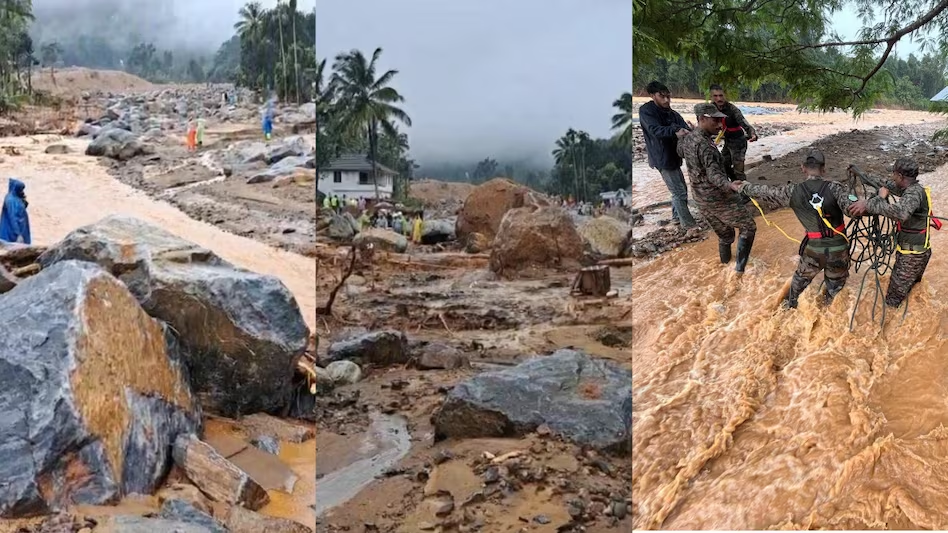Wayanad’s Landslide Tragedy: A Wake-Up Call for Climate Action
Wayanad: Kerala’s Green Heart is Bleeding – Can It Recover?
A Paradise in Peril: Wayanad’s Battle Against Nature
Wayanad, Kerala’s verdant jewel, is dealing with its darkest hour. The latest landslides, caused with the aid of relentless monsoon rains, have solid a long shadow over this as soon as idyllic district. With a death toll soaring past a hundred and extensive devastation, the question on anybody’s mind is: can Wayanad ever in reality get better?
A Perfect Storm
The convergence of factors contributing to this catastrophe is alarming. Climate change, with its intensified monsoon patterns and growing sea ranges, has created a unstable surroundings. Deforestation, a long-standing problem, has stripped the hills in their shielding cover, making them at risk of landslides. And the fast pace of development, often on the cost of ecological stability, has exacerbated the problem.
The pix of ravaged landscapes, displaced communities, and lives misplaced are heart-wrenching. But it’s essential to understand that this is not simply a natural catastrophe; it’s a stark caution approximately the consequences of human-precipitated environmental degradation.
A Call to Action
Wayanad’s recovery may be an extended and onerous journey. It demands a multi-faceted technique that addresses each on the spot desires and lengthy-term sustainability.
- Rescue and Relief: The precedence stays the rescue and remedy efforts for those affected. Providing safe haven, meals, clinical aid, and mental guide is paramount.
- Rehabilitation and Reconstruction: Building returned stronger is vital. This entails rebuilding houses, infrastructure, and livelihoods. However, it’s crucial to include weather-resilient designs and practices.
- Conservation and Restoration: Reforestation and afforestation are important to stabilize the slopes and prevent future landslides. Protecting present forests and promoting sustainable agriculture are similarly critical.
- Tourism with a Conscience: While tourism is a giant contributor to Wayanad’s financial system, it have to be finished responsibly. Encouraging eco-tourism, supporting local groups, and minimizing environmental impact are crucial.
- Climate Action: Addressing climate exchange at a worldwide stage is essential. Reducing greenhouse gas emissions and transitioning to renewable energy assets are steps within the right course.
Wayanad’s Resilience
Despite the devastation, there’s a flicker of wish. Wayanad has a wealthy history of resilience. Its human beings have constantly found ways to coexist with nature. This crisis has delivered communities collectively, fostering a spirit of solidarity.
The street to restoration will be difficult, but with dedication, compassion, and a dedication to sustainability, Wayanad can emerge stronger than ever. It’s an opportunity to rebuild no longer just the bodily panorama but additionally a extra harmonious dating with nature.

Wayanad’s story is a cautionary tale for the arena. It’s a stark reminder that our movements have effects. By getting to know from this tragedy, we can build a more sustainable destiny for ourselves and generations to return.
Let’s stand united in supporting Wayanad’s journey to recovery. Share your mind, prayers, and assist in the feedback underneath.
Keywords: Wayanad landslides, Kerala, climate exchange, deforestation, sustainable tourism, disaster comfort, environmental conservation
